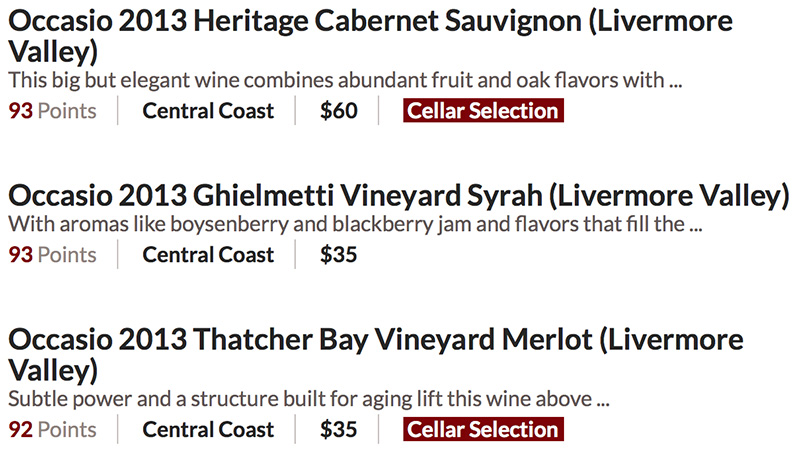There’s a Color Bias in Wine Ratings – But does it Matter?

O you chorus of indolent reviewers,
Irresponsible, indolent reviewers
Tennyson – Hendecasyllabics
Last October, Suneal Chaudhary and Jeff Siegel (the Wine Curmudgeon) published the results of a large data set analysis of wine scores from major wine publications over the past forty years. It was clear that red wines were consistently rated higher than white wines regardless of provenance. Since its publication, the report has been criticized by some wine authorities as being a statement of the obvious: red wines are better and more complex than white wines (though some of these authorities, perhaps, have become too palate fatigued to appreciate the subtle nuances inherent in great white Burgundies).
Today, I am reminded of this study in a letter written by its coauthor, Jeff Siegel, in Meininger’s Wine Business International, where he defends the importance of his study. Here, Siegel reiterates his main points, that authorities ‘rate red wines more highly than white wines,’ and that this is reflected in a wine’s price. More important, the ‘rating’ effect is a variable in wine pricing that works independently of cost of production or region.
There is no denying a ‘color’ bias in wine ratings, but the bias extends beyond red versus white. Just over a decade ago, wine scholar Clive Michelsen released his book, Tasting and Grading Wine, where he stressed the importance of using different scoring criteria for different ‘types’ of wine. Michelsen argued, for example, that separate grading criteria should be used for sparkling and fortified wines. About the same time, Jim Dammon and I, as part of a sensory analysis class exercise, proposed a rating system based on wine varietal. We had noticed that rating ceilings existed some varietals. For example, the highest rated Petite Sirah was 95 points given by Wine Enthusiast Magazine for the 2005 Barberis Family Vineyard Petite Sirah (Napa Valley). Years later, 95 points remains the highest score given to a Petite by Wine Enthusiast Magazine. Yet one doesn’t have to look hard to find Cabernet Sauvignons, Merlots, and Pinot Noirs rated 100 points.
Looking back, I realize that a separate rating system for every variety would have been too confusing. Never the less, high point score bias in favor of a few varietals, independent of anything else, creates a price premium in these wines. All else being equal, higher scores bring higher prices, and to get higher prices winemakers often focus on the few select varietals that guarantee these higher scores.
Why should you be concerned? Because the price premium afforded high scores is an incentive for reducing the number of varietals in a wineries portfolio. Ultimately, this will lead to fewer real choices for the consumer.


